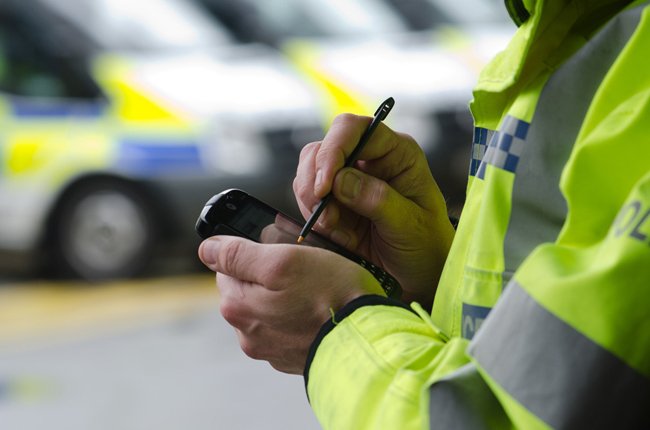Why drug screening before the laboratory?
The global leader for screening drivers for possible recent drug consumption is DrugWipe but DrugWipe has many other uses to assist in on-the-spot decision-making. DrugWipe, the surface screener, and Drug ID, the solids tester variant (of which the cocaine test is Home Office-approved for Evidential Drug Identification Testing [EDIT] applications) allow the user to make time or resource allocation decisions on-site or in the field. This has significant cost benefits.

The global leader for screening drivers for possible recent drug consumption is DrugWipe but DrugWipe has many other uses to assist in on-the-spot decision-making. DrugWipe, the surface screener, and Drug ID, the solids tester variant (of which the cocaine test is Home Office-approved for Evidential Drug Identification Testing [EDIT] applications) allow the user to make time or resource allocation decisions on-site or in the field. This has significant cost benefits.
We must make clear that laboratory analysis should not be replaced and that a positive [on-the-spot] screen should always be confirmed by another means. With drugs, a laboratory analysis does two things: it detects the exact compound and allows other data to be collected, such as concentration level and cutting substance origins or mix. However, it can take weeks or months to receive the result, delaying cases or requiring costly bail and reappearance. It also costs a lot of money in itself, especially if many samples, including blank or zero drug samples, are sent instead of several screened positives.
Screening is performed in real-time to detect invisible traces from surfaces, skin, sweat or saliva which could initiate call-out of further expensive resources such as scientific support.
DrugWipe and DrugID use immunoassay technology, developed and continually improved specifically for police and customs use. It is very sensitive and specific to a particular drug but as simple as a pregnancy test to read without a bulky electronic reader. DrugWipe and DrugID are unique, with the intuitive result line logically appearing for a positive result. This means less false positives, its easier to read and without mistakes, but more importantly, no handling, safety or disposal implications.
Several forces have looked at novel uses for DrugWipe, such as confirming equipment and officers are clean before a raid, the covert screening of clothes, luggage and vehicles, checking that a work area is clean before examining samples, even HR screening of safety-critical employees and officers. A positive DrugWipe can even be bagged and sent to the laborator for LC/MSMS confirmation as one of the samples.
DrugWipe is available for cannabis, cocaine and crack, opiates, amphetamines and methamphetamines, either individually or combined with separate read-outs.
Roadside testing made simple
European traffic police started using DrugWipe at the vehicle back in 1997 to confirm their initial suspicions of bad driving or causing an accident due to drugs from a simple wipe on the skin or five-second saliva swab.
In the late 1990s, England ran the worlds first and possibly still the largest roadside screening trial with 5,000 DrugWipes. However, little has changed in the UK over the last ten years.
It was left to Europe and Australia to actively take up the anti-drug-driving mantle.
The EU-funded and ran Rosita 1 (RoadSide Testing Assessment) and Rosita 2 joint EU-US projects designed to evaluate on-site roadside drug-testing devices and then Druid (Driving under the Influence of Drugs, Alcohol and Medicines), trialling equipment, procedures and comparing laws concerning the use of drugs or medicines that affect peoples ability to drive safely. In each of these trials, DrugWipe was used by all the participating countries, and in quantities far outweighing any other device.
Securetec Detektions-Systeme AG developer of cutting-edge technology to facilitate the detection of drugs, explosives and dangerous substances has received a report stating DrugWipe is a usable device for European policing. It has, however, been in use at the roadside in Germany since 1997 and Australia since 2004, and now also in Switzerland, Finland, Iceland and the Czech Republic, with others on the way.
Why is DrugWipe so popular? Because an officer who has witnessed bad driving or an accident and suspects drink or drugs, wants something to confirm this suspicion.
Once a drug, or multiple drugs, have been


